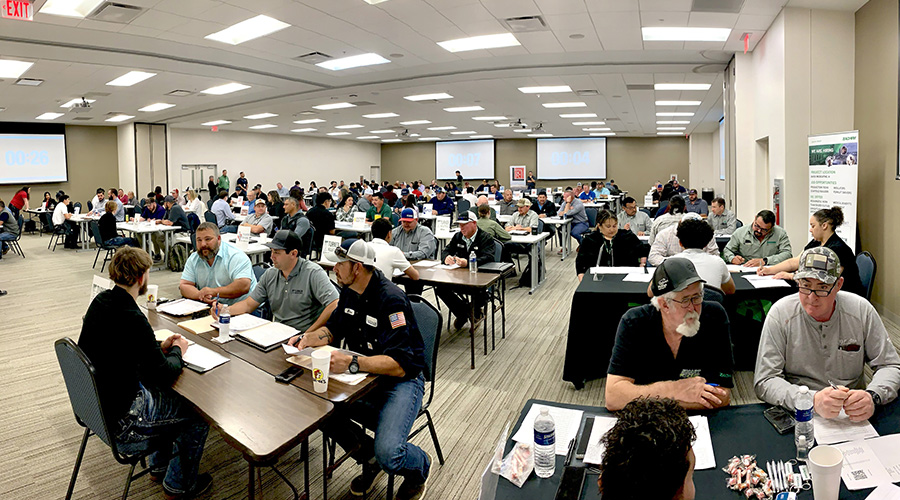Working With Financial Department Will Show How to Get Funding Approved
In most cases, an out-of-cycle funding proposal assumes that money is required above and beyond what's included in the annual facility management or capital improvement budget. But facility managers need to start earning their credibility with that annual budget. At the end of the day, their track record for using budgeted money successfully is a huge factor in determining whether they might get more.
One tip in working with the financial department on the annual budget is recognizing that the annual budget doesn't just cover one year.
"If a facility manager doesn't have a long-range plan, at least five to 10 years, then that's something they need to immediately do," says John Balzer, vice president, facility planning and development for Froedtert Hospital and Community Health. "You have lots more credibility when it looks like you've thought a proposal through rather than being reactive."
That basically means, if a building system is near failure, constant reminders in the budgeting process that a project continues to be unfunded. Be as detailed as possible regarding how money in the budget will be spent, and show the consequences and risks if a project is put off for another year. "The CFO has a short-term memory," says Bob Holesko, vice president of facilities for HEI Hotels and Resorts. "It's always important to remind him or her about what you've spent to keep something in service. There's no sense spending good money on a bad system."
For an out-of-cycle proposal, presenting a feasible risk/reward — or put another way, benefit of the project versus cost of doing nothing — is the key to success. There are as many ways to show risk/reward as there are project proposals. So facility managers, based on the relationship they've established with their executives, must determine what resonates the most. But some general rules do apply, ranging from making the case from the risks of doing nothing to the black-and-white financial figures.
For one, poor infrastructure can have a negative effect on how the public perceives an organization. Pennigar says that because Duke University Health Systems gets a lot of funding for research, a major component of his proposals is showing how catastrophic it would be to have a failure in, say, a roof over a research facility. Donors may not be so willing to contribute in the future, and Duke University Health Systems loses some of its prestige as a research institution.
"Our job is to keep buildings out of the way," says Pennigar. "If we are out there problem-solving, we're not useful. Our job needs to be problem-avoiders. It's one thing to lose a roof on a warehouse, it's another to lose one over a research facility."
Still, showing the risk to losing inventory in a warehouse is another way to calculate risk. "Point out how much the inventory in the warehouse is worth," says Whitson. "Then point out how much the inventory in the warehouse is worth if it gets wet." Along those lines, Holesko says a key component of his proposals is showing that the buildings themselves are valuable assets. "We need to protect the building as an investment," he says.
Other risks of doing nothing, like increased insurance premiums — say, for not installing sprinklers — and the cost of business disruption are also hugely important pieces of the risk calculation. "We can demonstrate the cost to the organization if we lose business," Balzer says. "If we're out of service, people will seek other options and you may have lost a customer for good."
Don't use scare tactics to depict the risks of doing nothing, say experts. It's important that these risks be rooted in reality. "You don't want to be the boy who cries wolf," says Holesko.
Tips From Your Peers
>> "Get the accountants to become roofers." Tim Pennigar, project manager, engineering and operations, Duke University Health Systems, recommends going beyond simply putting proposals in the language of finance. That's a must, but you should also get the financial folks to help you write the proposal and vet your numbers before you ever think about walking into the boardroom. |
Tips From Your Peers>> "Show a project's curb appeal and do your own PR." Bob Holesko, vice president of facilities, HEI Hotels & Resorts, tells a story about how an article appeared on the front page of a local newspaper with a photo depicting a crane delivering a new HVAC rooftop unit to one of his hotels. "Now, I can say to the financial people, 'Remember when we had that crane on the front page of the paper?' That's free advertising for the company. Anytime you have a crane showing up, get photos. It makes you look good."
|
Related Topics:














